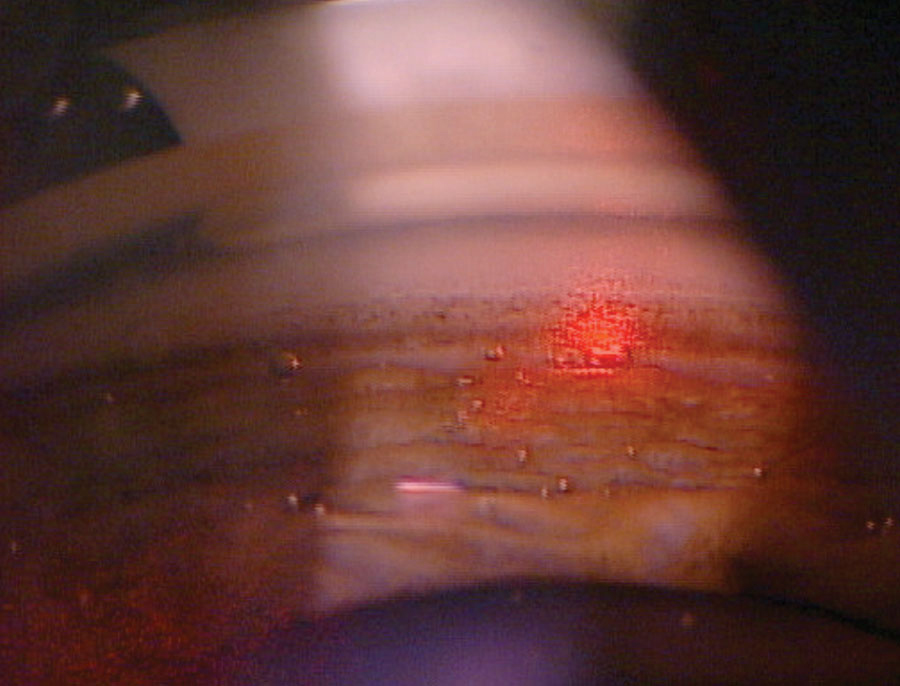 |
|
SLT once again proved to be an effective treatment for OAG in this study. Photo: Nathan Lighthizer, OD. Click image to enlarge. |
Open-angle glaucoma (OAG) is a significant cause of blindness worldwide. Researchers recently found that laser trabeculoplasty may work better than topical medication in slowing the progression of OAG and may be similar to eye drops in controlling eye pressure. However, laser trabeculoplasty appears to not work as well as trabeculectomy.
The review included 40 studies (5,613 eyes of 4,028 people) comparing laser trabeculoplasty with no intervention, with medical treatment or with surgery in patients with OAG or ocular hypertension. The researchers also included trials comparing different types of laser trabeculoplasty technologies.
There was considerable clinical and methodological diversity in these studies leading to statistical heterogeneity in results for the primary outcome, failure to control IOP at 24 months. Risk ratios ranged from 0.43 in favor of laser trabeculoplasty to 1.87 in favor of medication. There was evidence from two studies (624 eyes) that argon laser treatment was associated with less failure to stabilize visual field progression compared with medication (7% vs. 11%, risk ratio: 0.70) at 24 months. A study evaluating selective laser reported a reduced risk of failure at 48 months (17% vs. 26%, risk ratio: 0.65). Laser trabeculoplasty was not associated with any serious unwanted effects, particularly for the newer types of trabeculoplasty, such as selective laser trabeculoplasty.
“There is no doubt that laser trabeculoplasty can have an effect on IOP control,” the researchers wrote in their Cochrane review. “A treatment delivered at a single sitting that is not invasive and has minimal side effects and is relatively cheap is probably worth looking at again very closely.”
The team proposed that this option may provide some advantages in control over topical medication, especially at 24 months of follow-up without serious adverse effects. They suggest that it could probably reduce the risk of visual field progression when treatment is done with selective laser trabeculoplasty in naive primary OAG and ocular hypertension patients.
“The findings suggest that laser trabeculoplasty might be a useful initial treatment in people with early glaucoma when the availability of medicines or their cost or both might reduce the likelihood of compliance in the real world,” they noted. “This might be of particular relevance in lower-income countries, but the concern will remain about the duration of effect, and there may be issues regarding the maintenance of equipment.”
Rolim-de-Moura CR, Paranhos A Jr, Loutfi M, et al. Laser trabeculoplasty for open-angle glaucoma and ocular hypertension. Cochrane Database Syst Rev. 2022;8(8):CD003919. |


